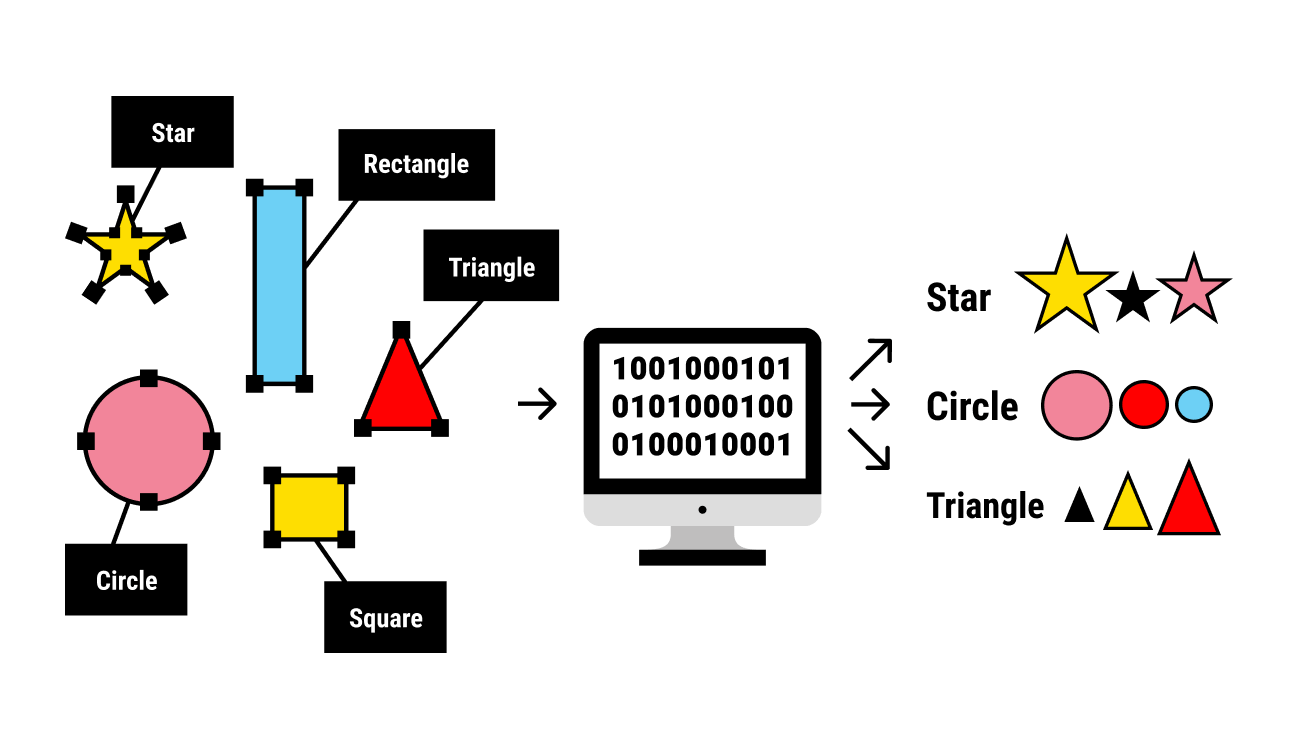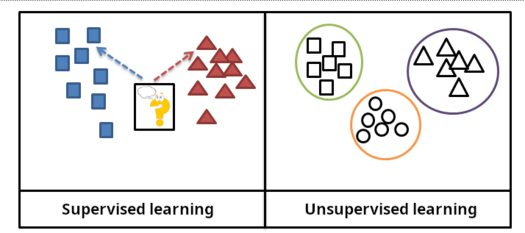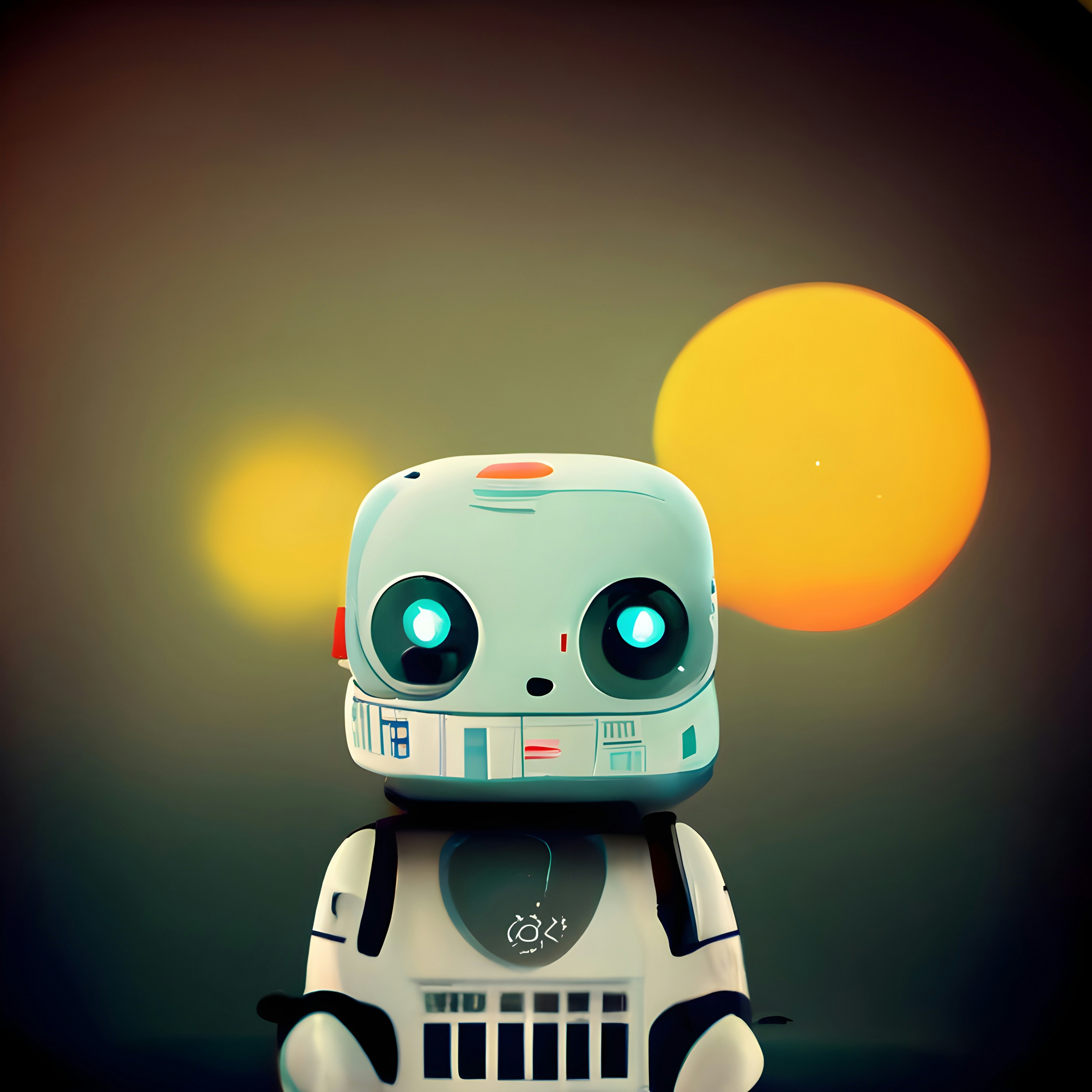Machine learning, a term we hear everywhere these days, has become one of the most transformative technologies of our time. Chances are you have at least once wondered what machine learning is and how it works.
In this article, we will enter the world of machine learning and explore its fascinating capabilities, ready to discover some of the coolest things you can do with it?
1. What is Machine Learning?
Machine learning (ML) is a fascinating domain that allows computers to perform tasks typically related to human intelligence, actually, ML is just a branch of artificial intelligence where systems “learn” from data to identify patterns, make predictions, or even generate new content, but are you still trying to figure out why is it called "machine learning"? Well, the process of machine learning ensures that machines do not need to be programmed for every single scenario, they just “learn” from big amounts of data, just like how humans learn, for example, when you open your favorite music app, the system doesn’t need to be programmed every day to recommend you new songs, it just learns from data about you (like your favorite songs, artists…) and then tries to find songs that you will possibly like!
Let’s try to think about it this way: when a child learns to recognize a certain object, say a ball, they aren't given a precise, step-by-step instruction manual on "what makes a ball a ball." Instead, they see many different balls, hear the word "ball" related to them, and with repeated exposure and corrections (e.g., being corrected if they call another thing a ball), they build an internal model of what a ball looks like over time, similarly, machine learning algorithms get equipped with massive datasets ( images of balls, for instance ) along with labels indicating "this is a ball." The algorithms then crunch this data, detecting features and relationships that define a "ball" on its own, and the next time a machine receives a picture of a ball, it will compare it to all the images it saw before, and will decide if this looks more like the ball images it saw before.

This amazing ability for computers to "learn" from data without explicit programming is what makes ML so revolutionary, it means we can build systems that adapt, improve, and discover insights in ways that were previously impossible, whether it's recommending your next favorite song, powering self-driving cars, or helping doctors diagnose diseases, machine learning is rapidly transforming our world by enabling computers to not just follow instructions, but to truly learn and evolve.
2. The process of Machine learning:
The whole process begins, quite fundamentally, with data, which is the foundation upon which the impressive field of machine learning is constructed. You can imagine the process as nurturing machines, these machines are not born with an innate understanding but are instead carefully fed huge amounts of training data. This digital nourishment comes in various forms and is prepared through diverse methodologies to optimize the learning process.
The way that machines learn from data can be split into two types, supervised and unsupervised learning:
Supervised learning: Here, the machine is presented with data that has been thoughtfully labeled, much like a teacher providing examples with correct answers. For example, in computer vision, a machine might be shown thousands of images of dogs, each explicitly tagged "dog." Through this iterative exposure, and often leveraging the power of deep learning architectures that mimic the human brain's neural networks, the machine learns to differentiate patterns and make predictions. This approach is particularly effective for tasks like image classification or speech recognition.
Unsupervised learning: This approach is about unlabeled data, challenging the machine to uncover inherent structures or relationships without prior guidance. Think of it as presenting a child with a number of toys and asking them to sort them into groups based on their own observations, they could sort the toys by color, shape, or material. This method is invaluable for tasks such as customer segmentation or anomaly detection, where the underlying patterns are not immediately apparent.

Once the training phase is complete, the machine's ability to apply its learned knowledge should be tested. This crucial step involves a separate, unseen dataset known as the test set. We will let the machine use what it learned on the test set, and by evaluating its performance, we can accurately judge its proficiency and identify any areas requiring further refinement. This cyclical process of data preparation, training, and testing is fundamental to developing robust and intelligent systems that can truly make sense of the world around us.
3. The role of Machine learning:
With all we have discovered so far, we now know what machine learning is. We also know the process it goes through to ensure a good output. What if I tell you that this simple process is the core to building all the huge AI applications you see everywhere?!
Today, ML is ubiquitous, silently powering everything from personalized recommendations on your favorite streaming services to robust spam filters in your email. It's integral to fraud detection in finance, disease diagnosis in healthcare, and optimizing logistics in transportation, making countless daily interactions smoother and more efficient.
Looking ahead, ML's impact will only grow, extending far beyond the traditional tech industry. Imagine smarter agriculture that predicts optimal planting times, personalized education adapting to individual learning styles, or advanced materials science accelerating discoveries. Its ability to analyze vast datasets and uncover hidden patterns will drive unprecedented innovation, enhancing productivity, improving decision-making, and fundamentally reshaping nearly every facet of our lives, creating a future that is more intelligent, responsive, and connected.
Overall, machine learning, by enabling machines to learn from data like humans do, is revolutionizing our world. This ability, from supervised learning with labeled examples to unsupervised learning uncovering hidden patterns, empowers systems to adapt and improve. As ML continues to evolve, its impact will only grow, driving innovation and reshaping nearly every aspect of our lives for a more intelligent and connected future.
Enjoyed the article? Star us on Github!🌟
https://github.com/docuglean-ai/docuglean
Have questions/requests? Drop it them the comments! 🖊️



